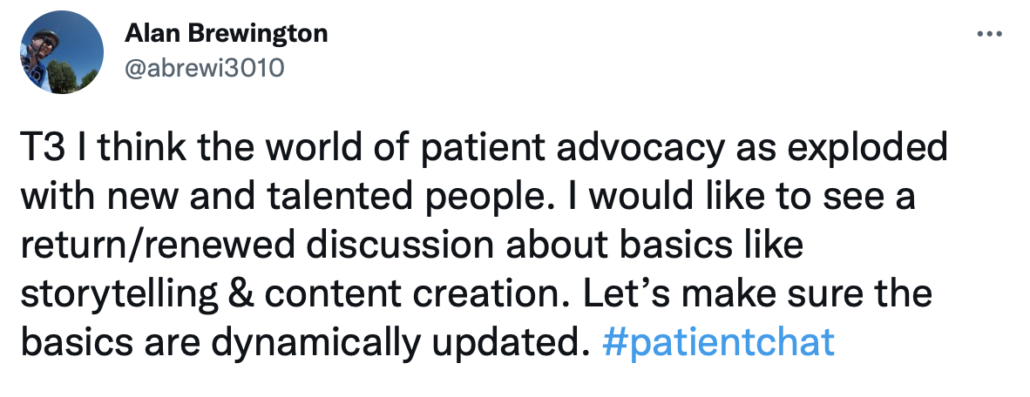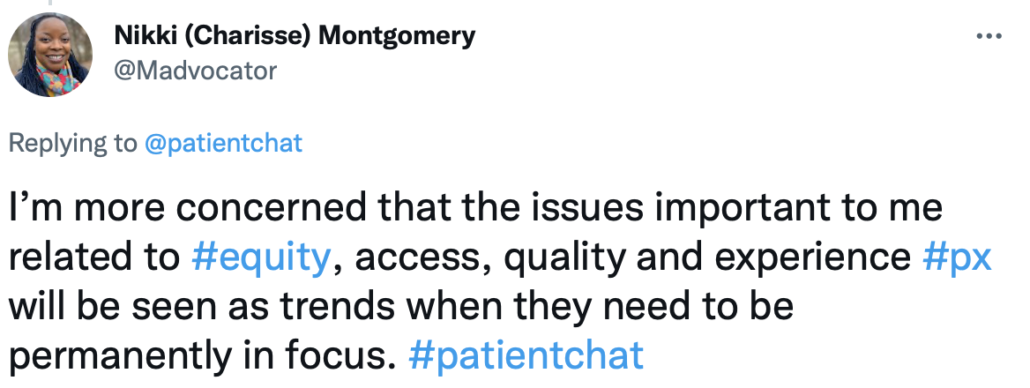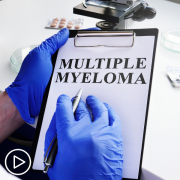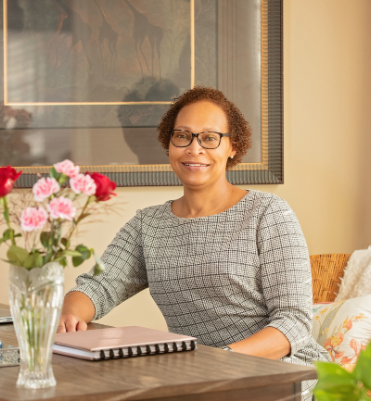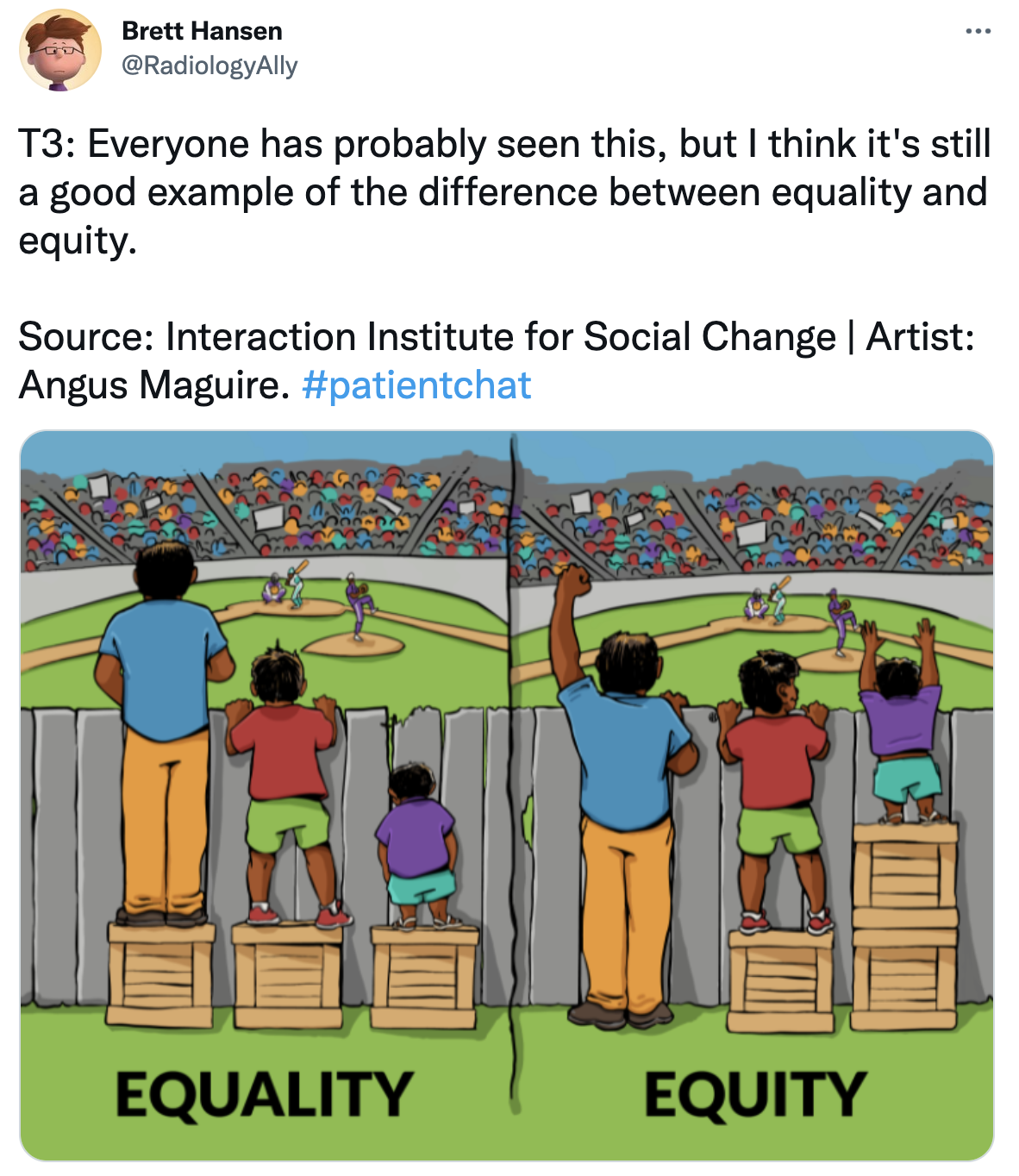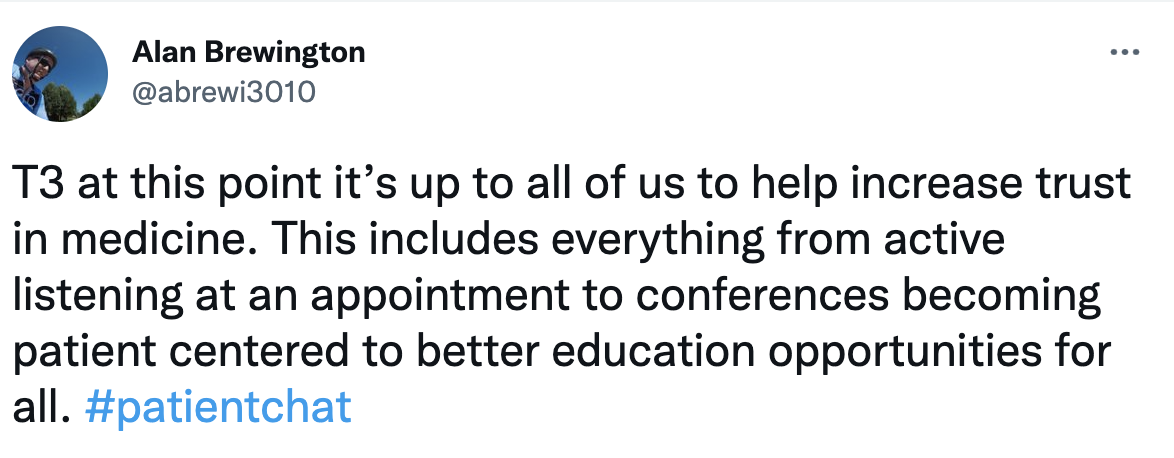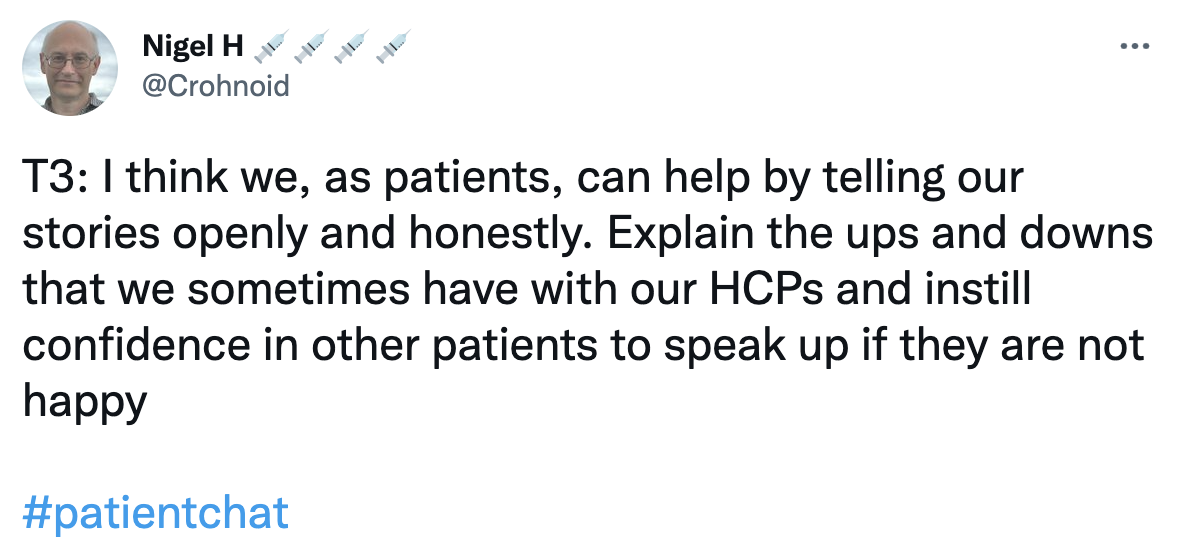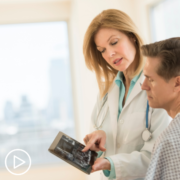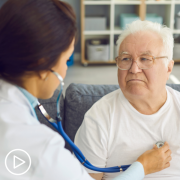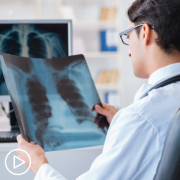Cancer is a journey that no one wants to take. Yet every day, research is yielding new insights into this fierce adversary, technology is equipping patients with powerful new weapons with which to fight, and treatments are emerging which are boosting both survival rates and patients’ overall quality of life.
Because of this, cancer patients are more informed and more empowered than ever before. Unfortunately, however, there are still things about the cancer journey that are outside of the patients’ control. Among these is the persistent, and worsening, physician shortage.
Origins and Impact of the Physician Shortage
Health leaders, healthcare providers, and patients alike have long recognized that the shortage of primary and specialized care physicians is real, enduring, and detrimental to patients and care workers alike. Experts predict that, in the coming years, the field of oncology is likely to be especially adversely affected by the lack of cancer physicians.
According to recent estimates, the number of patients requiring chemotherapy treatment is expected to rise from 9.8 million to more than 15 million by the year 2040. But even as the demand for oncologists is predicted to surge in coming years, the supply of practicing specialists continues to shrink as current practitioners reach retirement age and leave the field.
The Impact on Cancer Patients
In the face of a physician shortage fueled by rising retirement rates and surging demand, cancer patients may expect some significant changes in how they receive treatment.
The Increasing Role of Nurses
As the physician shortage worsens, nurses are increasingly stepping in to fill the care gap. Not only are nurse practitioners gaining the authority to provide comprehensive patient care, but many nursing specialists including Doctors of Nursing Practice (DNP) are coordinating clinical practices, providing nursing training, and conducting advanced research to optimize patient care.
As healthcare providers turn to high-level roles other than that of the MD, cancer patients should expect to receive care from an array of practitioners, including experts in nursing practices. Cancer patients will benefit from this by having more options to tailor their treatment plans to their particular needs, goals, and values.
For example, DNPs are often strongly connected to clinical research. For patients who are also interested in participating in clinical trials, a DNP can empower patients by offering guidance, support, and access to experimental treatments that might otherwise not have been available through more traditional care methods.
The Ascendancy of Telehealth
In addition to receiving significant amounts of care from nurses and related specialists, the physician shortage is likely to also change cancer treatment through a greater emphasis on telehealth. Though telehealth long predates the outbreak of COVID-19, its efficacy as a treatment tool for the most vulnerable patient populations was truly revealed during the height of the pandemic.
For example, at-risk patients were able to access their healthcare team through virtual consultations from the safety of their own homes without risking exposure to the virus. During this process, many realized that telehealth could streamline healthcare processes and reduce pressure on the overall healthcare system.
As the physician shortage worsens, the healthcare system will likely turn increasingly to telehealth to ensure consistency and quality of care while driving system efficiency. In addition, technologies such as health apps and remote patient monitoring devices will allow healthcare teams to maintain a close watch over patients whenever and wherever needed, reducing the need for hospitalizations and clinical consultations.
The Impact of COVID-19
In addition to the rising tide of planned retirements, the devastating impacts of COVID-19 on healthcare providers are likely to contribute to the physician shortage. As new coronavirus variants emerge and the pandemic worsens, physicians are at significant risk of burnout due both to physical and emotional fatigue.
In light of this, cancer patients will likely notice an increased prioritization of infectious disease prevention in their treatment plan. For example, physicians are increasingly finding themselves battling vaccine hesitancy. For doctors who have dedicated their lives and careers to caring for cancer patients, misconceptions regarding the safety and efficacy of vaccines, and the loss of life such misinformation may lead to, can take a devastating toll on healthcare workers.
As a result, cancer patients are likely to find that vaccinations and boosters are strongly encouraged by healthcare providers as an essential standard of care. As vaccine acceptance rates grow, particularly regarding the COVID vaccine, not only will patients be more protected, but the psychological burden of care and risk of attrition for healthcare providers will also ease.
The Takeaway
The physician shortage is impacting patients and healthcare providers alike. However, cancer patients are likely to feel the impacts of this shortage most strongly. As a result of the shortfall, approaches to care will likely change to rely on specialty practitioners and telehealth technologies, and disease prevention will increasingly become a priority.
Beau Peters is a creative professional with a lifetime of experience in service and care. As a manager, he’s learned a slew of tricks of the trade that he enjoys sharing with others who have the same passion and dedication that he brings to his work. When he is not writing, he enjoys reading and trying new things.
